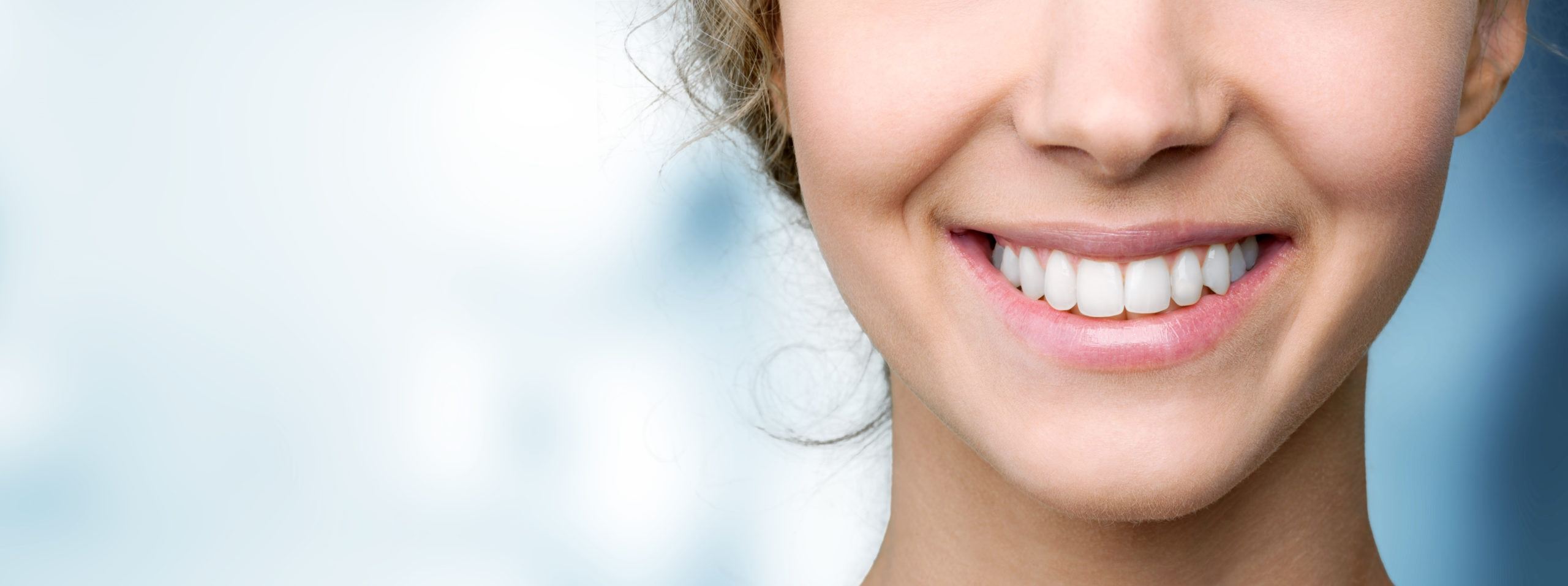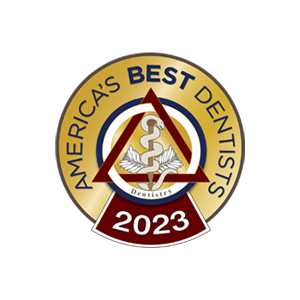
Think you know everything about your teeth? While you might know your own mouth quite well, there are some interesting and weird facts about teeth that just may surprise you! Dental procedures, fillings and toothbrushes have had a long history before reaching our mouths. Read on to learn five interesting facts about teeth that just might surprise you. Have questions? Ask us at your next dental appointment, or click here to make an appointment with La Mesa Hills Dentistry today!
- Tooth Enamel is the Hardest Surface in the Human Body – Did you think your bones are the hardest substance in your body? In fact, the shiny, white outer layer, called enamel, that covers your teeth is even stronger than bone. Tooth enamel is even stronger than steel, though it breaks much easier. Enamel is so strong because this resilient surface is 96 percent mineral, the highest percentage of any tissue in your body. Enamel’s mineral composition (mostly hydroxyapatite, which is a mineral form of calcium phosphate) makes it durable and damage-resistant. The next layer down, dentin, is also stronger than bone.
- The Oldest Known Dental Filling is Made of Beeswax – Dental innovations, such as teeth fillings have a surprisingly ancient history. About ten years ago, scientists using ultra-modern x-ray equipment to examine the jaw of a Neolithic man made an exciting discovery: The man, who lived 6,500 years ago in modern-day Slovenia, had a tooth filling made out of beeswax! This simple wax cap applied to a broken tooth is the oldest known example of a dental filling. These days, modern tooth fillings are likely made from composite resin, porcelain, or gold.
- The Earliest Toothbrushes Came From China – While tooth-cleaning goes back thousands of years, with methods including abrasive powder, cloth, and frayed sticks, bristle toothbrushes first emerged in China during the Tang dynasty (618–907 CE). These early toothbrushes had handles made from ivory or bamboo. European countries, first France and later England, adopted these Chinese toothbrushes in the 17th century. Toothbrushes then evolved in design throughout the 18th and 19th centuries, but the materials stayed largely the same. Plastic handles came along in the early 1900s, and nylon bristles followed in 1938. Today, dental professionals recommend you use a toothbrush that carries the ADA Seal of Approval.
- It Took A While for Americans to Make a Habit of Toothbrushing – It took several decades for the practice of brushing teeth to become routine for most Americans, and tooth brushing didn’t become a standard part of everyday American life until the 1940s! In the 1910s, schools introduced dental hygiene programs like toothbrush drills, in which children practiced brushing their teeth with their teachers. In the workplace, employers, hoping their workers would miss fewer days of work due to tooth infections, implemented similar programs to promote workers’ taking care of their teeth. Then, American soldiers during WWII were required to brush their teeth every day, and returning soldiers brought the habit back home with them. By the 1940s brushing teeth had become normalized and a standard part of most Americans’ daily routines.
- Tooth Pulling Used to Be a Public Spectacle – Before modern dentistry existed, there were some interesting ways to remove teeth, and a few centuries ago, tooth extraction was tasked to an interesting assortment of workers. In Britain, for example, blacksmiths and wigmakers were often responsible for the task. There were also “tooth-drawers,” sideshow entertainers who would travel to fairs and marketplaces wearing silly hats and sometimes even necklaces made of teeth. They would typically make a grand entrance, sometimes on horseback or with a team of assistants, drawing crowds of spectators to watch the extractions. This practice continued into the 1800s. An alternative in the 18th and 19th centuries was to see a “barber-surgeon” to get your painful tooth removed with a tooth key, which was a clawed device that looked a little like a broken corkscrew.
These five interesting facts may have surprised you, but here’s one bit of information that probably isn’t new to you: the best way to take care of your teeth is to brush twice a day, floss daily, and visit your dentist twice a year for regular cleanings and check-ups. Taking good care of your teeth means you are taking good care of your overall health. At La Mesa Hills Dentistry, in La Mesa, California, we are here to help you take the best care of your teeth! Ask us any questions you have, and we’ll be sure to share best practices with you at your next visit. Call us at 619-469-2902 or click here to book your next appointment!


